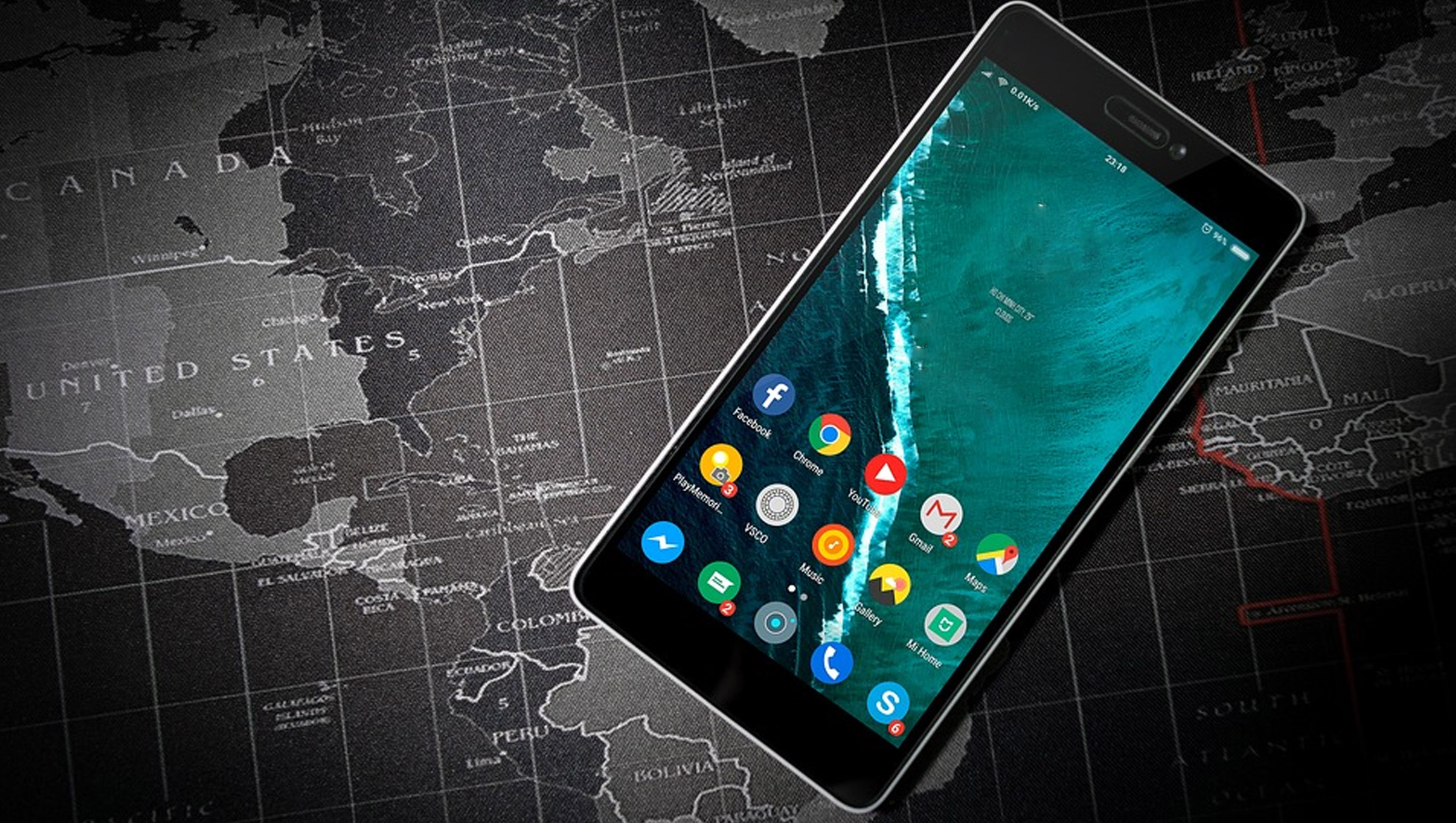 According to a study from Forrester, 86 percent of retail sales still occur at a brick-and-mortar location with approximately 53 percent of those purchases being digitally influenced. The online shopping experience is shaping consumers’ expectations of brick-and-mortar businesses.
According to a study from Forrester, 86 percent of retail sales still occur at a brick-and-mortar location with approximately 53 percent of those purchases being digitally influenced. The online shopping experience is shaping consumers’ expectations of brick-and-mortar businesses.
Consumers want the convenience of e-commerce with the social and hospitable environment that they’ve come to expect from purchasing in-store. Blending offline and online shopping into a seamless experience will be a focus for businesses in the coming years.
This omnichannel approach will be influenced greatly by mobile technology. We’re just scratching the service of how much mobile technology will change consumer purchasing habits — for example, 33 percent of Black Friday purchases were made from mobile devices in 2018. If you run a brick-and-mortar business, you cannot ignore the impact of mobile technology.
Read More: Three Ways Context Helps to Cut Through the Mobile “Noise”
Here are three ways that mobile is already changing the in-store consumer experience:
Mobile Technology Offers Consumers More Convenience
Mobile technology already affects the way consumers interact with brick-and-mortar businesses. Consumers are making purchases on their mobile devices and picking the orders up in-store. This service is known as Buy-Online-Pickup-In-Store (BOPIS), and a recent study of 3,000 consumers from Kibo found that 67 percent of those surveyed used BOPIS within the last six months.
Mobile wallets are another technology affecting the in-store experience. Mobile wallets are payment applications on consumers’ smartphones allow the consumer to complete the purchase at the register via their mobile device. Rather than handing over cash or swiping a credit card, consumers can tab a button or scan a bar code from their smartphone.
Mobile technologies such as BOPIS and payment applications are making the checkout process more efficient while adding an additional layer of protection for the consumer. These services also create an opportunity for businesses to improve their brand loyalty and consumer experience.
Starbucks is an excellent example of a business that has taken these technological changes and used it to its advantage. Starbucks has a mobile application that lets users upload money to their account for BOPIS or in-store checkout. The application allows users to earn rewards through purchases and redeem coupons or offers directly from their phone. Starbucks uses the application to collect consumer data and purchasing habits to provide its users with a better, more custom experience.
Mobile Technology Gives Businesses More Flexibility
Brick-and-mortar businesses are stationary by definition — but, thanks to mobile advancements, businesses have more flexibility than ever. Mobile payment processing solutions put credit card processing and Point-of-Sale (POS) into the palm of your hands.
The flexibility of a mobile payment processing solution gives businesses more flexibility with where they operate. Take your small business to the farmers market or complete orders at trade shows via your mobile phone.
The restaurant industry is a great example of how businesses are using mobile technology to create a more flexible experience. Restaurant patrons are starting to see mobile devices at their tables — giving them the options to order and pay for their meal directly on the device. Additionally, many restaurants are taking advantage of the new flexibility by starting food trucks or setting up temporary kitchens in the local community. Thanks to the mobile payment solution, restaurants are not stuck operating in one location.
Read More: Mobile Customer Communications in a GDPR World
Mobile Technology Improves Consumer Marketing
Consumer expectations are evolving — thanks, in part, to the e-commerce experience. Customers want marketing communication and a purchasing experience tailored to their individual preferences. In addition to a customized experience, consumers will spend more time on their mobile device than any other medium by 2020 — meaning businesses must have a mobile communications strategy.
Fortunately, there are already ways for brick-and-mortar businesses to use mobile technology to reach their consumers and create a customized message.
Beacons are location-based marketing devices that enable businesses to send push notifications to mobile devices near the store. From discount offers or notifications about previously purchased products, brick-and-mortar locations can use beacon technology to reach consumers through their mobile devices.
Mobile technology is also changing the way in-store representatives interact with customers. Many retail businesses are developing mobile applications for their staff to provide easy access to inventory information, communication resources, and customer data. These internal applications can help salespeople find solutions for out-of-stock inventory, while also providing context about a customer’s previous purchases. This sort of visibility gives businesses the opportunity to offer a much more custom and dynamic in-store experience.
Read More: Marketing Strategies Turn to Mobile for Data and the Role of AI in 2018
Mobile and Brick-and-Mortar Must Coexist
Brick-and-mortar businesses often get a bad rap in today’s digitally focused environment. However, buyer trends still indicate a desire from consumers to interact with brands at physical locations. While brick-and-mortar isn’t going away, the integration of digital technology into the buying process is becoming more prevalent.
For modern businesses to succeed, there needs to be a concerted effort to blend the online and offline consumer experience — mobile technology is that liaison.











